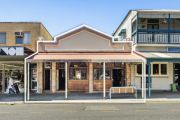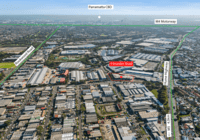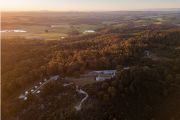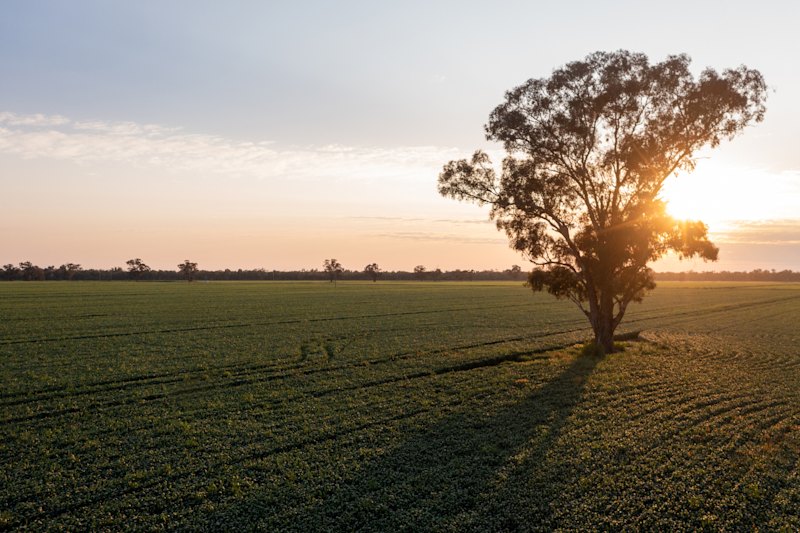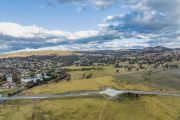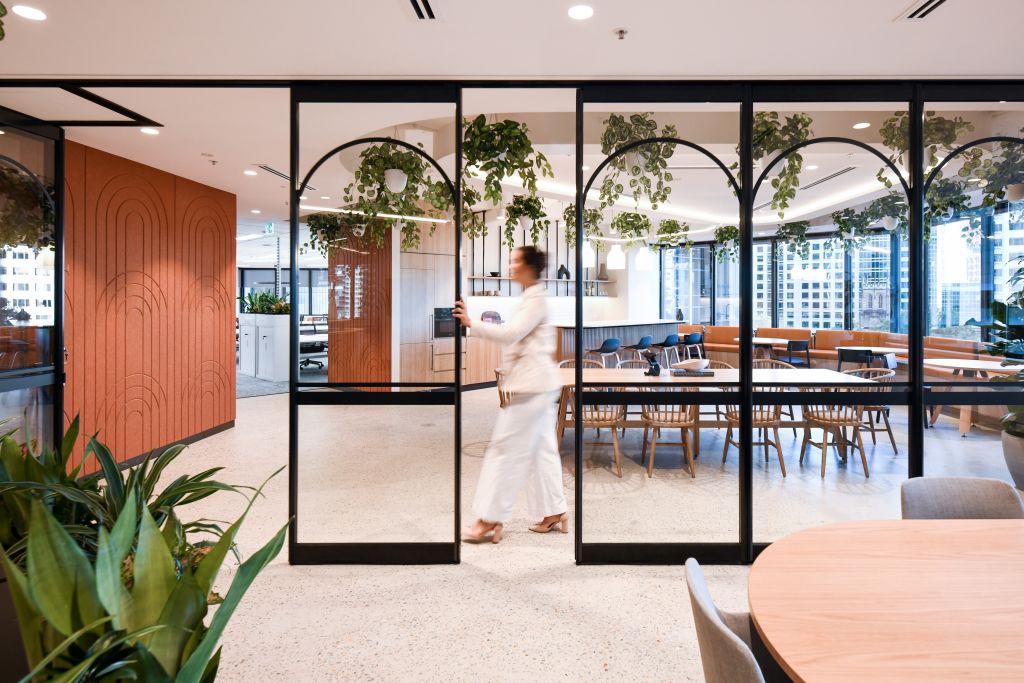
Wooing workers: creating workplace FOMO
National CBD vacancy edged higher to 12.8 per cent in the six months to July, according to the Property Council of Australia’s latest Office Market Report, as the momentum behind a shift back to the office for staff appeared to stall in Melbourne and Sydney. Only in Brisbane did demand for space rise.
While vacancy rates have improved dramatically since the grim days of the height of the pandemic, choosing to lease floor space nevertheless remains a substantial cost for any operation.
Businesses must extract the highest possible productivity from each rented square metre, and that relies heavily on enticing workers back to the office.
But that remains a challenge. COVID-19 lockdowns have permanently altered worker expectations, with an April 2023 Consumer Sentiment Survey published by Finder.com.au indicating that 29 per cent of Australians now work remotely.
Meanwhile, a June 2022 report by Deloitte and Swinburne University of Technology found 78 per cent of employees who can work remotely want to do so at least some of the time.
Cameron Williams, national director for office leasing at Colliers, says while most companies now enabled remote working to meet employee demands, there are multiple benefits to having staff in situ.
“Businesses want their workers to get to know their colleagues – and that human connection is really important if people are going to work effectively together,” he says. “It’s also about successful mentoring of staff, and that’s difficult to do remotely.
“Employers aren’t necessarily saying, ‘You’ve got to be here Monday to Friday, nine to five,’ but they are trying to find the balance.”
Williams says part of the answer is in creating spaces and experiences that draw workers back. Like all things in real estate, this starts with location.
“An isolated building that’s difficult to get to and has no appealing amenities surrounding it isn’t going to cut it,” he says.
“When people come back to the office after being away for an extended time, they often think, ‘This is really great. It’s good that we can go for a drink after work or easily get to shops and other services.’
“It’s why we are seeing stronger interest in our core CBD office sectors compared to smaller metropolitan markets.”
Williams says employee-centric offices have also moved on from the concept of high density which was all pervasive five years ago.
“There was a race to the bottom in seeing how many workers they could jam into an area,” he says. “It was about getting workspace ratios down.
“Now, individual spaces are back with access to focus areas and collaboration zones when needed.
“Of course, great connectivity and technology allowing workers to be remote, or partially remote, is critical too.”
Justin Rose, director of sales and leasing, city fringe at X Commercial, says it’s becoming more apparent that there are two tiers of commercial stock.
“We’ve got the newer built properties that in recent years have paid for nicer end-of-trip facilities, nicer foyers, outdoor areas, better-appointed kitchens. We’re finding there’s high demand for that stock.
“Whereas the older style offices, 15 to 20 years-plus [old], just aren’t leasing as well. They’re sitting on the market for a longer period of time.”
Whereas once many office workers would be lucky to find one shower in an entire building, now he says many high-end commercial building developers are leaving no expenses spared in the quest for delivering outstanding end-of-trip facilities, from well-equipped shower areas to dryer rooms, hundreds of lockers and plenty of bike racks.
Conscious of earning the commute of employees, many employers now have kitchens that are better than the luxe kitchens many people have in their own homes.
Some employers are even bringing in private chefs to cook meals as another incentive to get people into the office.
Spaces to promote social connection are also highly sought after, from well-appointed foyers to rooftops, which Rose says are currently a prized commodity in the Sydney fringe market.
“It’s not even a tick-box [exercise] anymore, it’s an absolute requirement for certain businesses.”
Rose notes the city fringe is benefiting from commercial tenants prioritising quality over quantity.
“In the CBD, you might have floor plates [of] 2000 to 5000 metres, for example,” he says. “[In the] fringe, they can range from 150 metres to around 1000 metres.
“We are finding that they do prefer fringe, if they can get a nice space in a building in a sought-after location.”
Given many employers are intensely focusing on staff engagement to woo their people back on site, buildings that are designed to facilitate these programs as seamlessly as possible, and have attractive destinations, currently face no problems with being snapped up.
“There’s a shortage of those spaces,” Rose says. “All the spaces that have those nice amenities, are well-located, well-appointed, with good natural light, and are in a precinct where there’s stuff happening around it – they’re all leased.”
